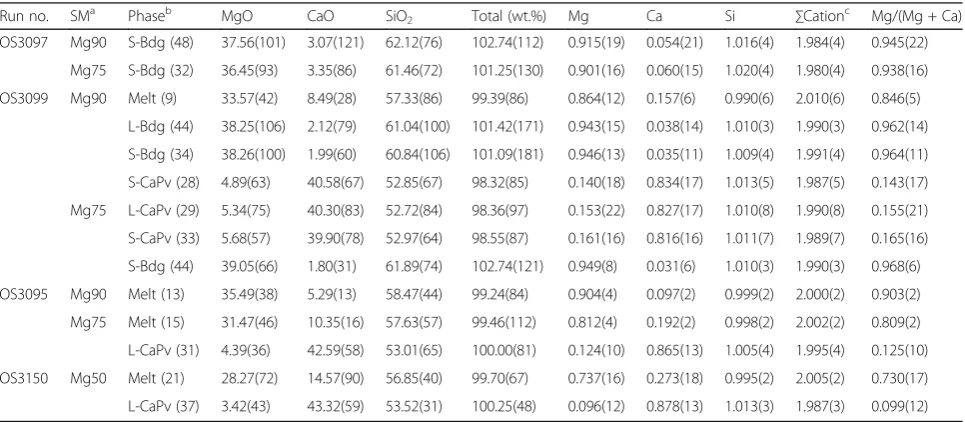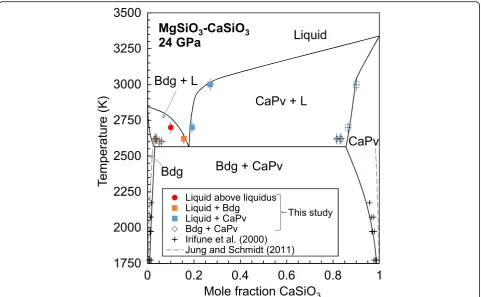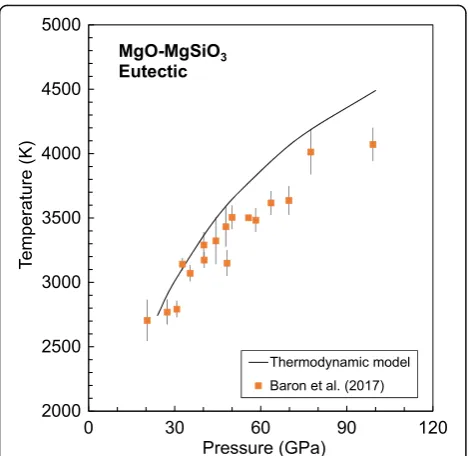Melting phase relations in the MgSiO3–CaSiO3 system at 24 GPa
Full text
Figure

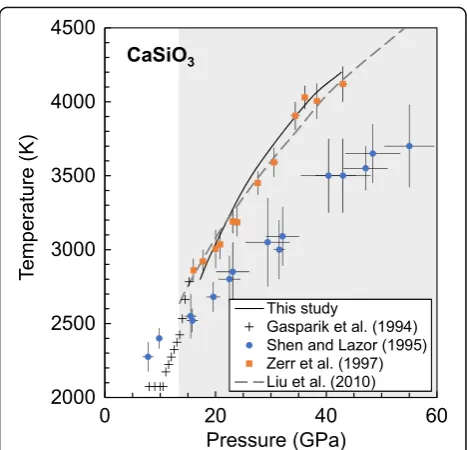
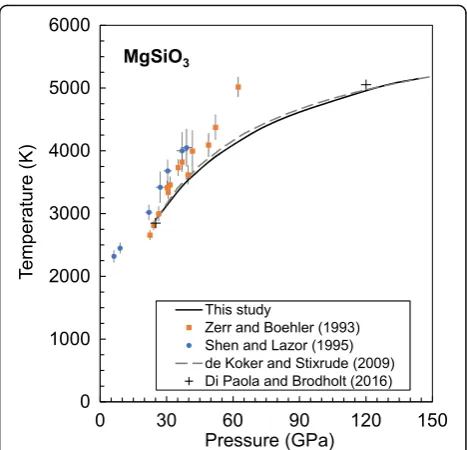
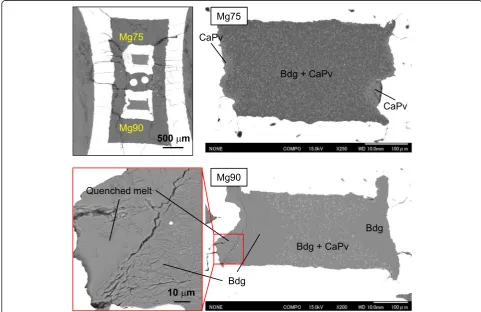
Related documents
Results: The prediction accuracies of total analgesic consumption (continuous dose and PCA dose) and PCA analgesic requirement (PCA dose only) by an ensemble of decision trees
This study revealed the prevalence of IO to be 4.8 % among all surgical patients admitted to surgical ward and 21.8 % among patients admitted with a diagnosis of acute abdomen
and CT scan shows Figure B:2, A hint of gallbladder duodenal fistula, gallbladder pneumatosis, cholecystitis, right middle intestine oval laminated gallstone size was 4cm
At microscopy, multiple major architectural changes differentiate the developing kidney from the adult one: a large capsule with a high cellularity; the branching ureteric
Use the information in this data sheet as input to a risk assessment of local circumstances to help determine appropriate controls for safe handling, storage and disposal of
Students were informed that they would have to par- ticipate in any one of the large group teaching- learning sessions viz ; integrated lecture or didactic
Rising energy costs Global concerns about green house gases Climate change Regulations like RoHS, EPA And others Technology innovations Increased public awareness of
Randomized controlled trial of variable-pressure versus fixed-pressure continuous positive airway pressure (CPAP) treatment for patients with obstructive sleep apnea/hypopnea

